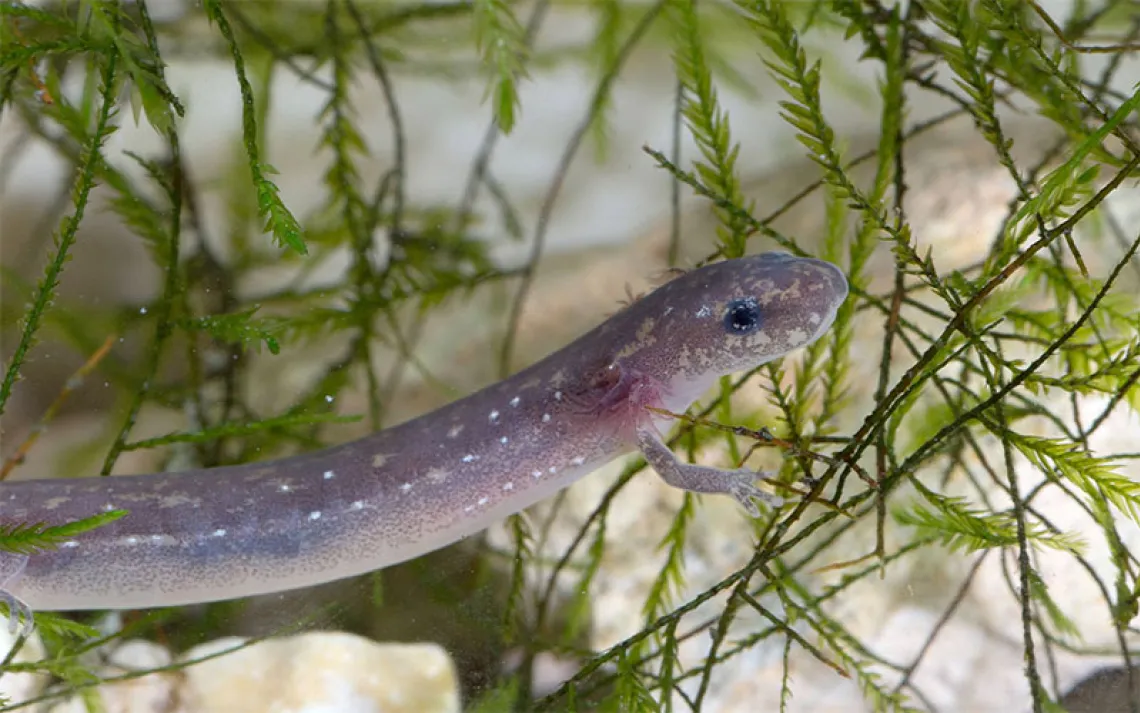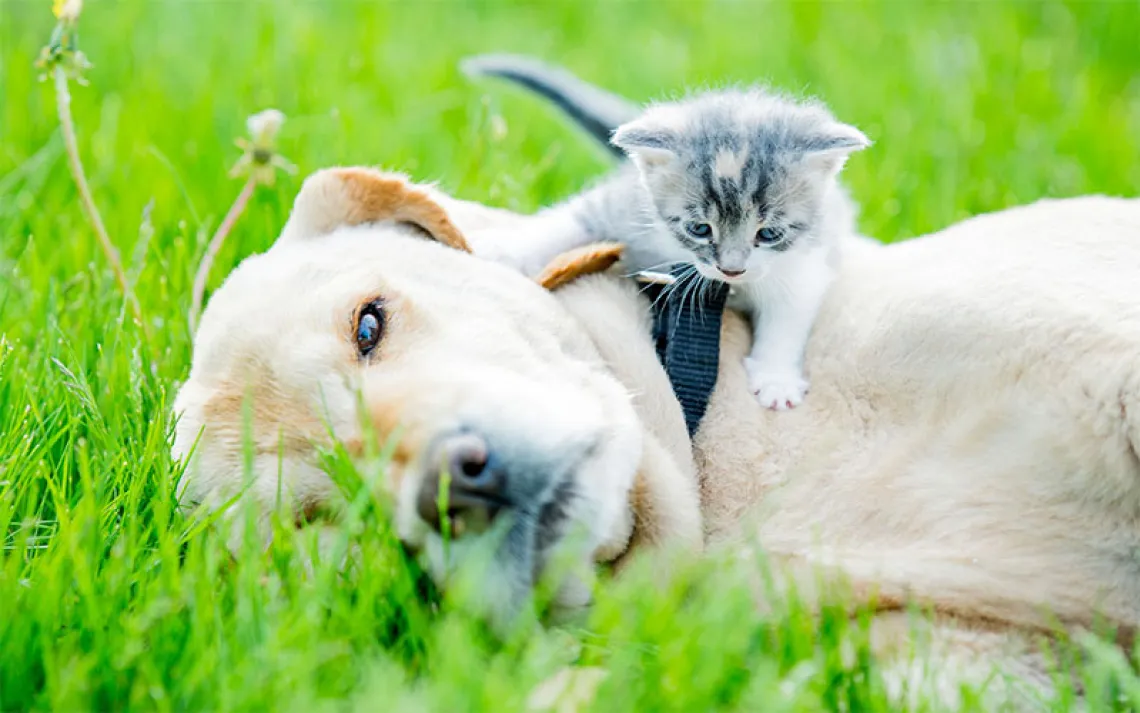Why You Shouldn't Take Selfies With Wild Animals

Photo by iStock/Betty4240
When entering Yellowstone National Park, visitors are handed a pamphlet from park rangers with an illustration of a bison flinging a man into the air. The flyer, prompted by this year's spike in bison attacks, issues what seems like an obvious warning: Get too close to large animals and you might get hurt. But some audacious visitors still aren't getting the message.
Since the start of 2015, bison have attacked five Yellowstone visitors, including a 43-year-old woman in July who tried to take a selfie—standing less than 10 yards from a bison with her six-year-old daughter—before the animal subsequently charged the woman, tossing her into the air as she tried to escape.
Five bison gorings in a seven-month span marks a sizable jump from the 25 total incidents in which bison made contact with humans from 2000 through 2015, according to the Bozeman Daily Chronicle. While rangers are at times on hand to warn tourists, up to 5,000 bison inhabit the more than 2-million-acre park, making it impossible to police every possible incident.
Moving within 25 yards of large animals in Yellowstone is illegal, and for good reason. Bison, North America's largest land mammal, can pivot quickly on their front and hind legs and run three times the speed of a human. They have no motivation to attack people when left alone, but when repeatedly provoked by ambitious selfie-takers, angry bison can cause serious harm.
Bison aren’t the only animals punishing people for snapping selfies. In July, a man in San Diego tried to take a picture with a rattlesnake, then paid $153,000 for his hospital bill after the snake bit his arm. KGTV San Diego reported the man had picked up the rattlesnake from the brush in his attempt to enhance the photo.

Make every day an Earth Day
Get articles like this one sent directly to your inbox.
With this action you affirm you want to receive Sierra Club communications and may vote on policy designated by the Sierra Club Board.
In September last year, a black bear in New Jersey killed a hiker who tried to snap photos of the 300-pound animal. Investigators found the 22-year-old man’s phone, tooth puncture mark and all, with pictures of the bear standing roughly 100 feet away.
Yellowstone's pamphlets try to prevent the bison equivalent of rattlesnake bites and deadly bear attacks, but they don't seem to be dissuading people who value photo opportunities over their own safety. As long as this risky trend continues, tourists at Yellowstone can expect to see along with (and alongside) the amazing wildlife more examples of selfies gone wrong.
 The Magazine of The Sierra Club
The Magazine of The Sierra Club



